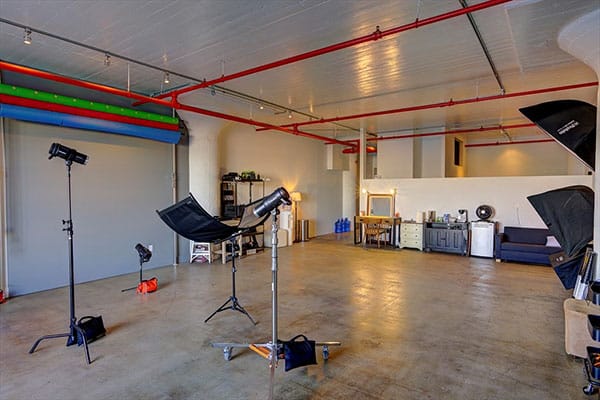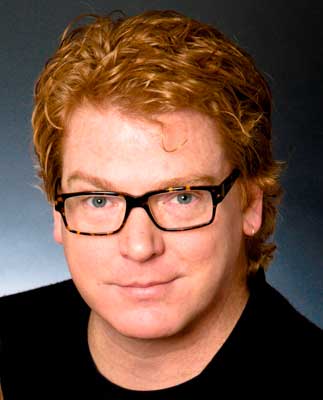
As an actor, you probably know the importance of your voice. Along with your body language, you can manipulate your voice to accurately reveal emotions and help the audience understand your message. So it goes to show — if you want to act and perform at your best, you need to take special care of your voice!
A big part of this is making sure you’re doing vocal warm-ups before every audition, rehearsal, and performance. This prepares you to speak clearly, project your voice, and avoid strain. And if your part includes singing? Skipping this step can be especially risky.
To help you learn the best vocal warm-ups and exercises to try, TakeLessons.com put together a handy reference guide, with tips from voice and acting instructors across the US. You’ll learn exercises to try (including videos to follow along with), and tips especially for actors about making the most of your warm-ups.
Why is warming up important?
Vocal warm-ups are one of the key essentials to protecting yourself from injuries, such as vocal nodules (nodes) or polyps. Just like an athlete wouldn’t begin a game without stretching first, you shouldn’t sing without properly preparing your body for the stress that singing can put on your voice.
If we bring back the analogy of athletes warming up before a game, it’s important to remember that they also cool down after the game ends. This is essentially the ramp that brings you off the stage after the show. Vocal cool-downs should be less intense than warm-ups and act as a transition from primarily using your singing voice back into the everyday world of speaking.
Warming Up: Everybody’s Doing It
When I went on my first tour, I ran into a lot of actors who didn’t believe in the value of a good warm-up. Some would say, “Ha! – that’s my warm-up. I’m ready!” However, I didn’t subscribe to that notion. I liked the ritual of the warm-up and knew that when I didn’t warm-up, I wasn’t as good onstage as I wanted to be.
It’s a general assumption that singers must warm up more than actors, but that’s definitely not true. We’re similar in many ways, including using our voices as instruments and delivering intense emotions onstage; a Eugene O’Neill play can certainly equal the demand of a two-hour musical.
In fact, one of the best methods to improve your singing is by learning how to act. Acting may sound like an unconventional way to get better at singing, but it truly helps for garnering confidence and emotion for your voice.
Singers and Actors Alike
As an actor, a vocal warm-up is an important part of your pre-show or rehearsal ritual. Your body may be instrumental to your ability to perform, but your voice is just as important. A warm-up not only prepares you for the immediate tasks ahead — like playing the rapid-fire, back and forth notes of David Mamet, or singing the incredible words of August Wilson – but it also maintains the health and elasticity of your instrument.
However, a practicing artist must have a flexible and thorough routine with a light touch, otherwise you risk overworking your instrument and causing more harm than good. Want to see how it’s done?
Let’s take a look at five steps for successfully warming up your voice, with some great videos from the National Theatre.
1. Start Off Slow
A vocal teacher of mine used to ask my class before every warm-up session, “What else have you done today?” As in, “Have you had a speech class, spoken a lot, or used your voice in any significant way today?”
If he asked this in the afternoon, chances are our voices had already been warmed up enough to properly function. If that was the case, she would work on our articulators and focused resonators. But if we’d not done much that day in terms of a class or vocal activity, she’d start with the basics.
2. Check Those Resonators
As an undergrad, one of my favorite exercises was the “siren,” in which we emulated an ambulance or police siren using the range of our voice; we started from a crouched position at the bottom of our range, slowly rising as we ascended to the top of our range.
There may be times when your voice cracks within in your range — mine is usually a transitional spot in between my chest and head voice. You should settle into this voice crack and explore it. Skipping over it doesn’t make it stronger, but working through it certainly will. Once you identify your voice type, you’ll be able to actively prevent voice cracks by acknowledging your limits.
3. Focus Your Sound and Open Your Voice
Here’s a simple tweak to instantly improve your singing voice: pick a spot in the room and send your sound to that spot. As the exercise goes on, your spot should increase in distance, forcing you to project your sound further and further.
I like to pick specific objects to project upon (and sometimes other people in the room). Try once to project your voice to that specific spot, then include other objects or people in the room as you continue to sing.
We do this to remember that while it’s important to send the sound and intention to our onstage partner, it’s imperative to include the audience. After all, they’re the whole reason you’re on stage in the first place!
4. Test Your Articulators
Tongue twisters are great for warming up and working through tricky sounds. Some of my favorites are “Give Me the Gift of a Grip Top Sock” and “Proper Copper Coffee Pot.” There’s a plethora of them — pick which one suits you!
Before shows, my class and I would do “Topeka Bodega” together or “Red Leather Yellow Leather.”
Follow along with the video to the right for some great exercises for your articulators.
5. Put It All Together
Speak some of your most troublesome lines of texts to someone else in the room, or to a mirror if you’re by yourself. What’s the use of warming up if you don’t apply it to the text you have to sing or speak?
Before you start practicing one way, try to determine which singing style and genre work best for you. I recommend practicing the style that you think works best for your voice; this can be determined by the sound of your tone and how large of a range you need.
Try to recite the tongue twisters linked in tip #4, and keep practicing it until your pronunciation is clear and articulate.




